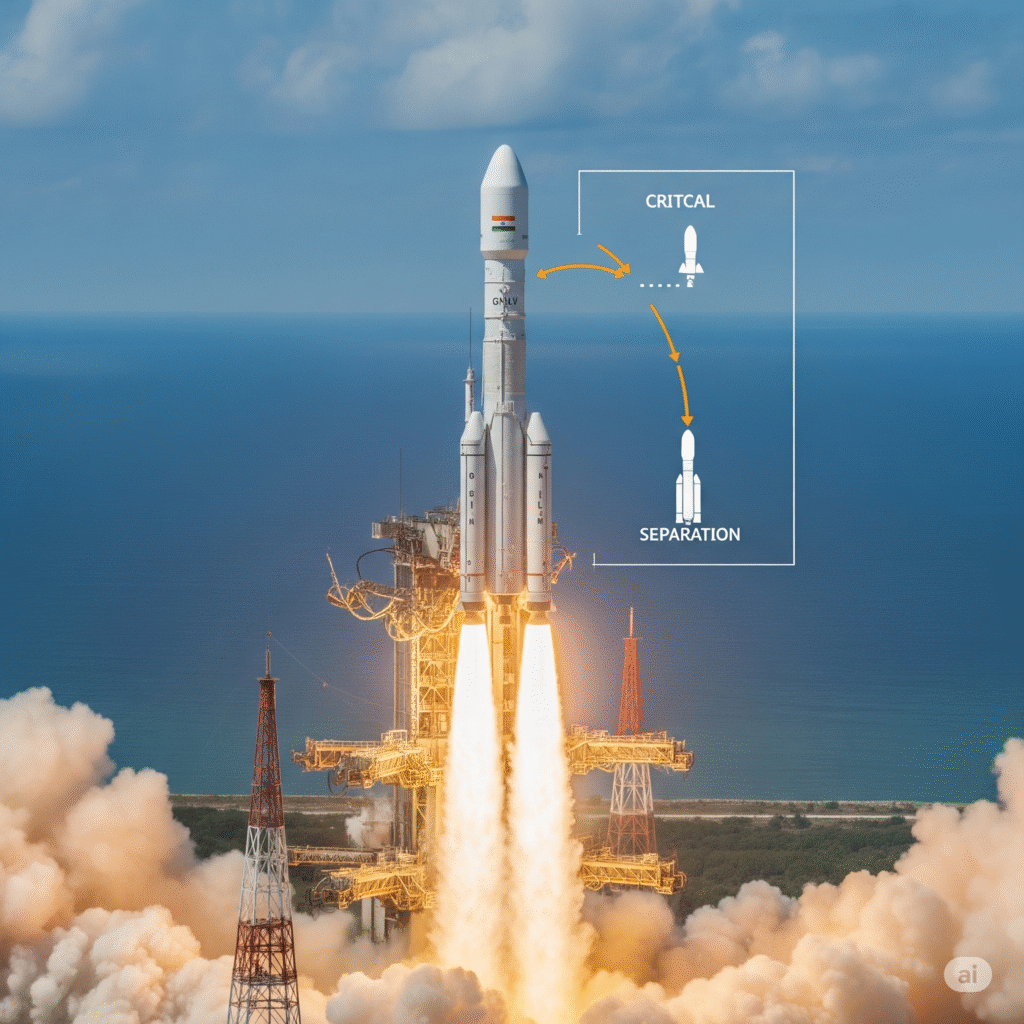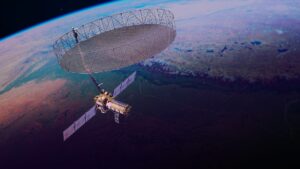July 6, 2025, Sriharikota The Indian Space Research Organisation (ISRO) successfully completed its final uncrewed test flight for the Gaganyaan mission earlier today. The test, which included a complete simulation of launch, orbital insertion and reentry, is the last milestone before India’s first-ever human spaceflight, scheduled for late December 2025.
This marks a major step forward in India’s ambitions to become the fourth country to independently send humans into space, following the United States, Russia and China.
Test Mission Details
The launch took place at 10:45 a.m. IST from the Satish Dhawan Space Centre aboard a GSLV Mk III rocket. The capsule, designed to carry three astronauts, successfully separated at 140 kilometers altitude and performed multiple orbital maneuvers before splashdown in the Bay of Bengal.
All key systems including life support simulations, parachute deployment, and heat shield performance were validated. Telemetry data showed nominal performance across all mission phases.
Human Spaceflight on Schedule
“This was the final rehearsal before we put humans onboard,” said Dr. S. Somanath, ISRO Chairman. “We are on track for India’s first crewed spaceflight before the end of 2025.”
The selected astronaut team has been undergoing training in Bengaluru and Russia, focusing on microgravity simulation, survival training and mission protocols.
International and Strategic Significance
The Gaganyaan mission has drawn international attention as India positions itself as a key player in the future of space exploration. The country recently signed cooperation agreements with NASA and the European Space Agency to share research, satellite access and ground tracking facilities.
India also plans to deploy a new space station by the early 2030s, according to ISRO’s latest roadmap.
Conclusion
With the success of today’s uncrewed Gaganyaan flight, India is now one step away from launching its first astronauts into orbit. The mission represents a landmark achievement for the country’s space program and a new chapter in human space exploration.
Sources: ISRO Official Site, Hindustan Times Science, Spaceflight Now




